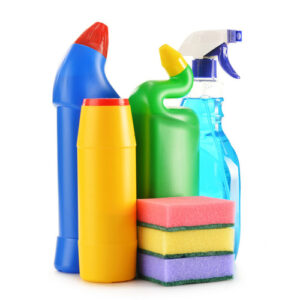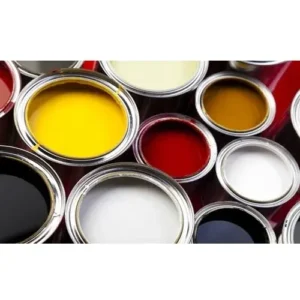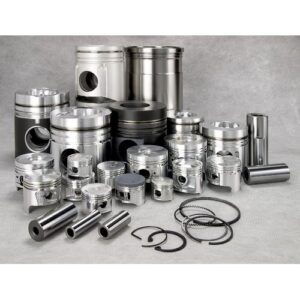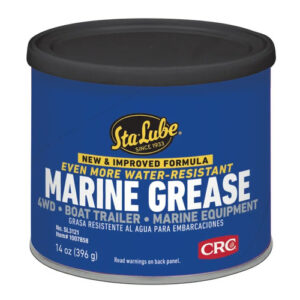Key Features of Solvents
1. Design and Structure of Solvents
Marine solvents come in liquid or aerosol forms, designed for fast penetration and quick evaporation. Whether used for degreasing or surface prep, their chemical structure effectively breaks down residues without damaging metal, plastic, or rubber components.
2. Solvent Material
Manufacturers formulate solvents with hydrocarbons, alcohols, esters, or citrus-based compounds depending on the cleaning requirement. Many marine variants are low-odor, non-chlorinated, and free from ozone-depleting substances to meet environmental and safety standards.
3. Lifting Capacity of Solvents
Although solvents don’t lift physical weight, they play a key role in cleaning load-bearing equipment like chains, engines, and hydraulic assemblies. Their ability to dissolve buildup ensures these components operate smoothly under pressure.
4. Installation and Integration of Solvent
Technicians apply solvents using spray cans, brush-on methods, or dip tanks. These products integrate into daily maintenance routines and are safe for use with standard marine cleaning equipment and accessories.
5. Safety and Control of Solvents
Many solvent formulations are non-flammable, non-conductive, and fast-drying to support safer application on live equipment. Labels provide clear safety handling instructions, while color-coded packaging helps crews quickly identify the right chemical for the task.
6. Durability and Maintenance of Solvent
Proper use of solvent reduces buildup and corrosion on mechanical parts, extending service intervals. Sealed packaging prevents contamination and evaporation, ensuring long shelf life when stored in accordance with onboard chemical storage protocols.
7. Versatility
Marine crews use solvent for engine cleaning, electrical contact maintenance, rust removal, and surface prep before painting. Their versatility makes them essential for engine rooms, deck maintenance, and onboard workshops.
8. Compliance and Standards
All marine solvents conform to IMO, MARPOL Annex V, and REACH chemical regulations. Many are biodegradable and approved for shipboard use by port authorities and classification societies like DNV and ABS.






